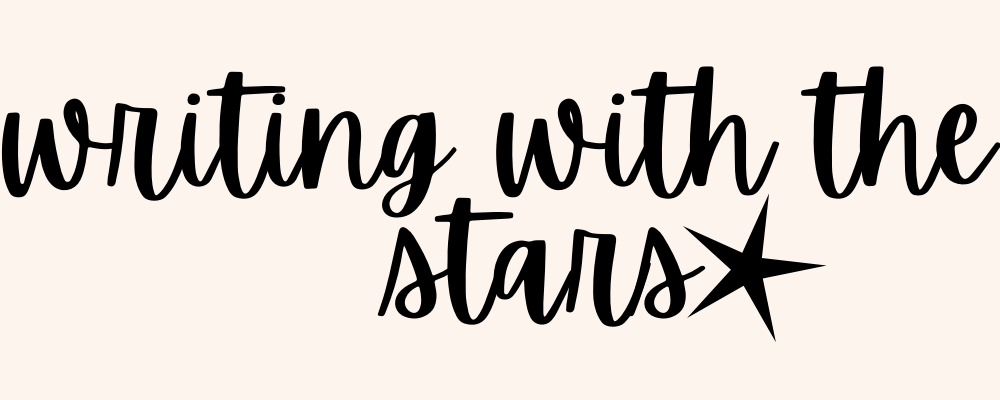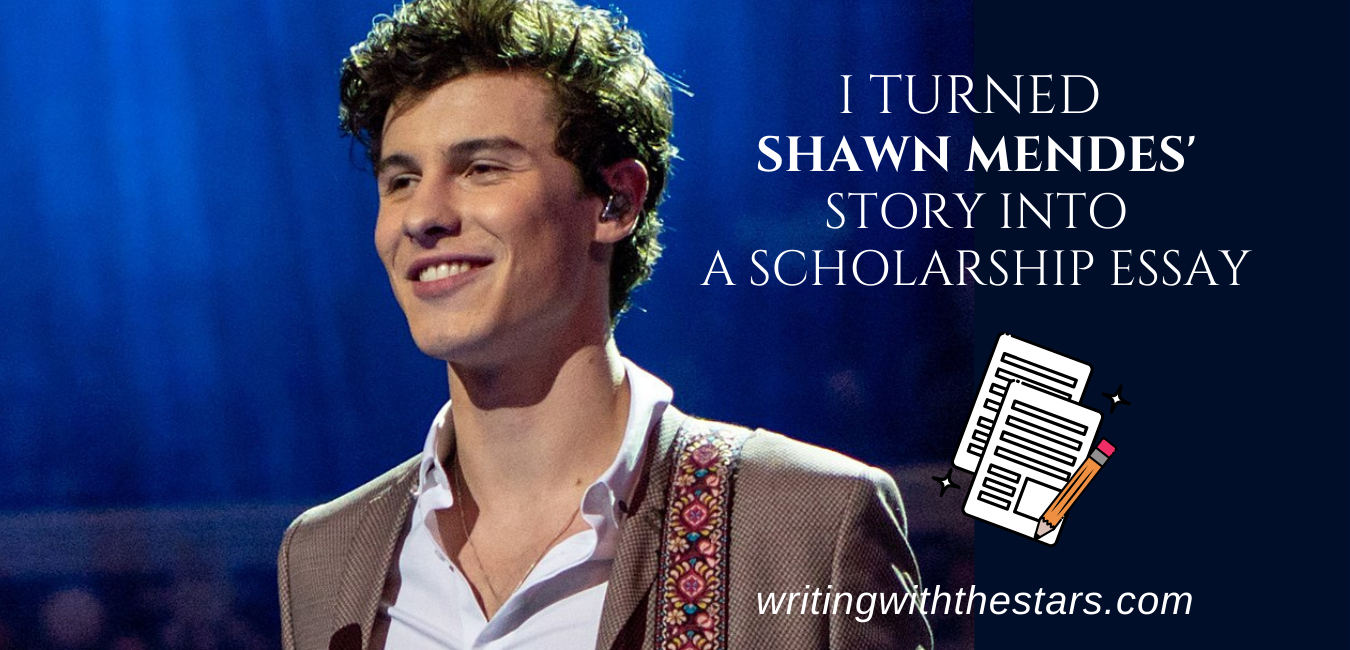Knock. Knock. Knock.
Startled by the loud hammering on the hotel room door, we see a young woman scramble to climb out of a bathtub. Drenched in water, she slips and falls while clambering to get to the door and says something in French to the hotel staff.
From there, we watch the rest of the opening scenes of “The Queen’s Gambit” unfold as we get a clearer look at the heroine of the story, Beth Harmon in Paris 1967.
With bright red hair and striking eyes, Beth looks sophisticated and beautiful if it weren’t for drunken mess and chaos that she currently is.
She opens up the blinds to let in some sunlight to illuminate her dark room, crawls on all fours on the floor to find her shoes, and pops a few light green pills before glancing over at the mysterious figure sleeping in her bed.
Beth then races out of the room, down the elevator, and clutches her heels in her hands as she dashes into a conference room. But before she can even catch her breath, she is greeted by a camera flashes, reporters, and a large room of spectators that are all men.
She tries to compose herself as she walks over to her opponent. She apologizes, shakes his hand, and settles down to start a chess match.
The audience then gets a close-up of her face as the scenes take us back in time to when Beth was an 8-year-old girl.
And there you have it. All of it done in less than 3 minutes.
This is the genius of the opening scenes of The Queen’s Gambit. It draws you in, creates intense intrigue about who Beth Harmon is while creating suspense for what is unfolding in her life at the moment.
Hooked?
You should be. And if you enjoyed this Netflix series or could also admire the beauty of this opening scene like me, I would like to emphasize to you that this type of introduction is not reserved for only TV shows or movies. Writing the beginning of your scholarship essay can also be a work of art.
And so today, I’m going to analyze the opening scenes of The Queen’s Gambit and show you how you can incorporate similar elements into your scholarship essay and win you that free college education!
Let’s get started!

One of the main reasons why The Queen’s Gambit’s opening scenes are so compelling is because it switches up the conventional order of how we usually tell a story. We’re used to hearing stories that are told in chronological order from the beginning, middle, to end.
But this opening scene shakes that all up. Instead of starting at the beginning of the story, The Queen’s Gambit starts somewhere in the middle of the story, traces back to the beginning to give us some insight into the story, and then picks back up from where it first started.
Conventional Story Order: Beginning, Middle, End
The Queen’s Gambit: Middle, Beginning, Middle, End
Writing a story like this can be extremely captivating for the audience because it drops them right into the action of the story and hooks them before unveiling what the story is really about. But it can be difficult to write a story in this way because it can be tricky to get right.
The most challenging thing is to figure out where you would like to begin the story. The Queen’s Gambit did such a good job of this that they made the opening look flawless. But it can be tricky to find the right spot to start if you’re not experienced in this type of storytelling.
So my biggest advice to you is to just jot down your entire story in chronological order, look through all the events, and then try to identify the spot that makes the most sense to you.
As a rule of thumb, it is almost always after your conventional story beginning and set up but right before the climax of your story. Ideally, this spot is also full of drama or tension so it is easier to draw the reader in at the beginning.
Here’s a simple example:
1. Background Info/Beginning
2. Middle (major stumble)
3. Climax
4. End

The second most challenging thing about writing your essay with a Queen’s Gambit type of opening is to know when to stop writing.
For a lot of people, there is a real thrill when they identify the moment or event that they can use to kick off the story. Since these opening hooks (as I mentioned in Insight #1) are often full of drama and tension, they can be extremely exciting to write about.
And while enthusiasm is great. It is also easy to get carried away. A lot of people make the mistake of over-writing too many details in the opening than necessary. And as a result, you get bogged down with all the fine details and lose sight of the rest of the essay.
So remember, the opening story is just that. It’s intended to be a hook that draws the reader in but it’s not intended to be flushed out until later on in the essay.
A good way to figure out what to include is to see if each detail passes this test:
1. Does this detail directly contribute to the story in a meaningful way?
2. Is this detail significant for the storyline of the essay?
3. Is this a detail that you plan to address or further discuss later on in your essay?
If it doesn’t fit one of these three criteria then you’re probably better off omitting it from the essay altogether.

Now the last thing you need to do to create a dramatic introduction of your story is to build in an effective transition.
It’s no use capturing all the attention and intrigue of your audience if you can’t funnel it back to a different part of your story and convince your audience to stick around till the end.
The Queen’s Gambit uses a very clever way to transition from Beth Harmon’s present to her past by showing a close up of her face and then showing a flashback to when she was a little girl.
The images of her present self and her past self flicker back and forth until the audience is metaphorically transported back to Beth’s younger self – moments after she was rescued from a serious car crash.
You can do similar things like this to transition your own story. The most common way to do this is to figure out a way to have someone or something remind you of your past and then have a flashback moment.
Here are some examples:
- “Standing on this podium staring across the distance into the faces of the audience reminded me of how it felt like to be on stage for the first time in an attempt to conquer my debilitating speech disorder and stage fright.
- “You can do this. You’ve done this a hundred times before,” my dad said as I grabbed his hand shaking with nerves before the biggest competition of my life.
My mind went blank for a moment and then I realized that he was right. I have done this a hundred times before and worked a hundred times harder than anyone I have ever known.
Now for all the Queen’s Gambit fans out there, “the one thing we know about Elizabeth Harmon is that she loves to win” so I hope you get used to winning too!
Bookmark this page, copy and paste the URL of this page in your favorites folder, share this blog, do whatever it takes to keep hold of this blog because this will help elevate your scholarship essay. Which, in turn, will hopefully set you up for a winning spree just like our Queen, Beth Harmon.
Cheers and I’ll see you all next time!
Sources:
https://the-queens-gambit.fandom.com/wiki/Beth_Harmon
“Anya Taylor-Joy” by Gage Skidmore is licensed under CC BY-SA 2.0
“File:Anya Taylor-Joy (29787630588).jpg” by Gage Skidmore from Peoria, AZ, United States of America is licensed under CC BY-SA 2.0




